Many nonprofit organizations search for ways to cut costs in a down economy. It’s understandable — we’re all watching our money and trying to keep our heads above water. However, there’s one area where you shouldn’t cut: marketing. The truth is that even in tough times, your marketing efforts can pay dividends by helping you build support for your organization and reach new people who may be interested in what you do.
There are many reasons to continue marketing when times are tough. A marketing industry adage puts it this way, “When times are good, you should advertise. When times are bad, you MUST advertise.”
While it may be tempting to eliminate your marketing budget, there are several reasons not to abandon your marketing efforts. Indiscriminately slashing your marketing budget across the board is a mistake. While it’s advisable to contain costs, failing to support your efforts with marketing can jeopardize your organization in the long term.
Instead of taking a cleaver to your marketing budget, use a scalpel to nimbly adjust strategies and tactics in response to shifting demand. In doing so, you’re more likely than others to flourish during and after a recession.
It comes down to perspective. Do you view marketing as an investment or an expense? (Hint: investment is the correct answer!)
Why Marketing Matters to Nonprofit Organizations
Donors and volunteers are the lifeline of nonprofit organizations. If people aren’t aware of your mission and efforts, how would they know you need support? Of course, it would be fantastic if generous people just appeared and showered your organization with money and time. But we know it doesn’t work that way.
All aspects of marketing — advertising, public relations, and digital communications — are just as vital for nonprofit organizations as businesses. However, rather than selling a product or tangible service, you’re promoting your mission and organization to persuade prospective donors and volunteers to contribute money or time without receiving a tangible product.
Nonprofit organizations often see a decrease in donations, government funding, and other revenue streams during recessions and challenging financial times. Marketing can help offset that by increasing awareness of their cause and capturing new supporters.
Lessons From the Past
Economic fluctuations are part of the financial cycle. Nonprofit organizations have weathered multiple depressions and recessions over the years. An analysis of the Great Recession by Nonprofit Quarterly offers findings on how nonprofits fared, with some surprising results that offer reasons for optimism. While it’s true that some nonprofit organizations were forced to shut their doors, there were also positive outcomes.
- Assets grew by 27.6% in healthcare and higher education organizations.
- Revenue increased by 6.3% for human services organizations.
- Over the entire period, the asset totals for human services organizations, the largest single organizational type, remained remarkably stable.
The Good News
Yes, there is good news, even when the economy looks grim. We’ve seen it time and again: bad times bring out the generosity of people. It seems that in good times and bad, people give to worthy causes. During difficult times, people increase their donations.
5 Strategies for Marketing in a Down Economy
It’s easy to get overwhelmed, and panic by frightening news headlines about inflation and recessions, but nonprofit organizations are strong and resilient. However, even in the best of times, nonprofit organizations must be cognizant of budget concerns.
1. Increase Your Communications Efforts
Marketing is a broad discipline, but communication is at its core. Ensure your stakeholders that you’re paying attention to the economic uncertainty affecting your sector and contributions.
Ensure that your beneficiaries know that you’re there for them and that the community is aware of your commitment to serve. Make it a priority to let your donors know that you appreciate them. Make board members aware of your efforts and need for their help to attract new supporters.
2. Concentrate on Building Trust
Bill Gates once endorsed the importance of marketing, saying, “If I was down to my last dollar, I would spend it on PR.”
Mr. Gates and other astute people understand that PR is about managing your reputation. Nothing is more valuable than a good reputation, especially for nonprofit organizations.
3. Be Transparent
While you don’t need to share each and every way your organization is suffering, it’s critical that you’re open about the overall challenges you face. Emphasize how your services are helping when times are hard for so many. Let donors and potential donors know what strategies you plan to employ as you move forward.
4. Appeal to the Heart
Authentic, emotionally driven requests for funding are more likely to generate contributions. For example, although millions of people will benefit from the money you raise, donors are more likely to be moved by a compelling story focused on one person or a small group of people. Statistics can provide meaningful support, but personal requests tug at the heartstrings.
Review your needs and ask for funds that could be targeted for specific uses. Asking for a large sum to address unspecified issues can be overwhelming and off-putting. On the other hand, people seem to be more generous when they see how their donations will solve a particular issue.
5. Demonstrate Gratitude
During lean economic times, show your supporters how grateful you are for their generosity. Appreciation always goes a long way. Regardless of the level of their contribution, all donors should be acknowledged. Research shows that the primary reason donors stop giving is that they no longer feel connected to your organization.
Marketing is not a luxury that organizations can choose to ignore when times are tough. It can be an investment in your future. Marketing is also best done over time and with a long-term plan, so don’t toss it aside when the economy turns sour!
.svg)


.svg)
.svg)
.svg)

.avif)




















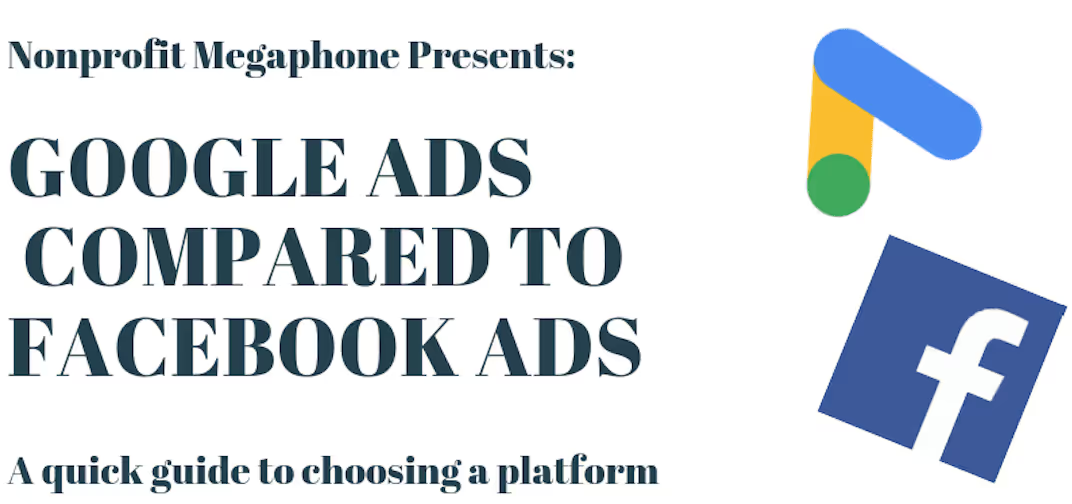
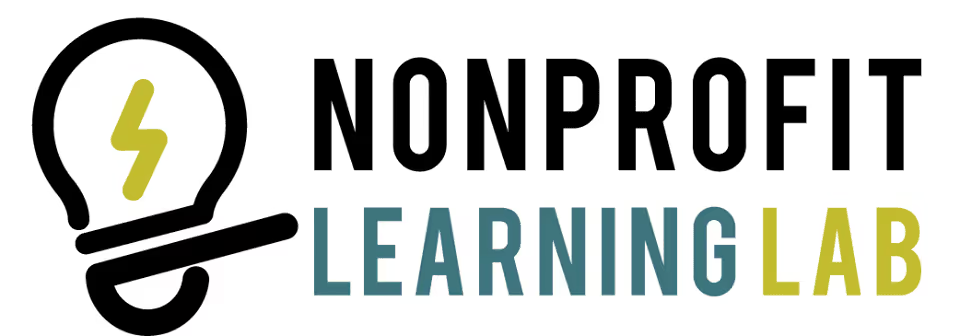















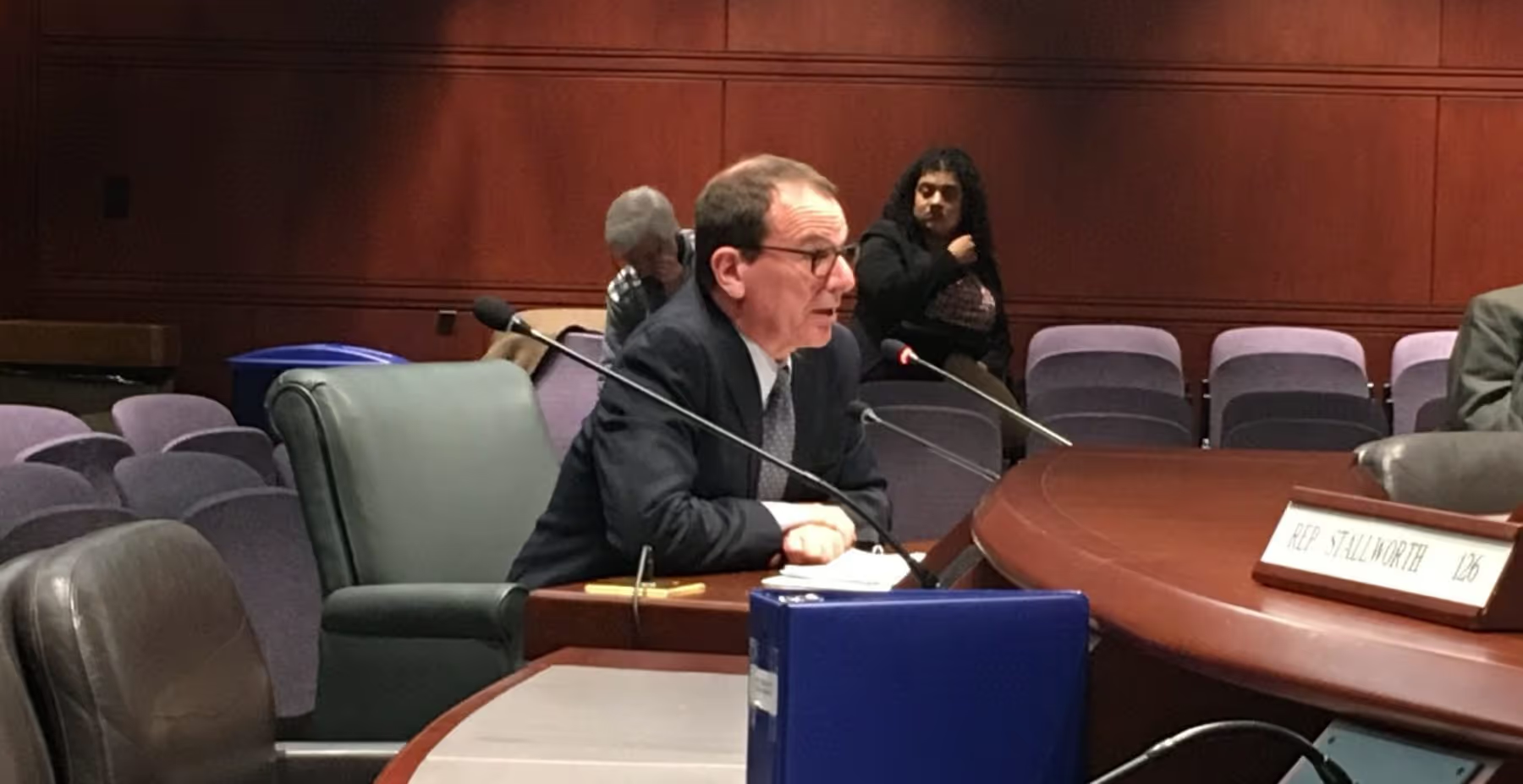

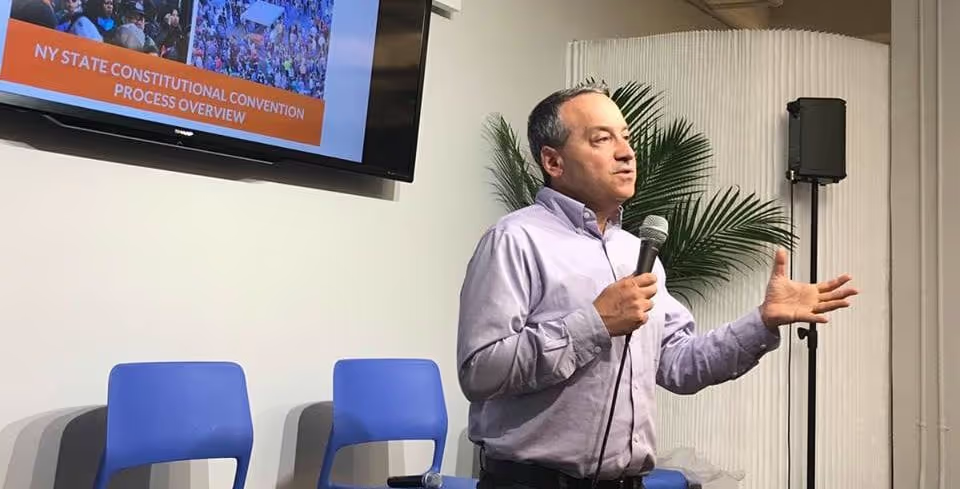











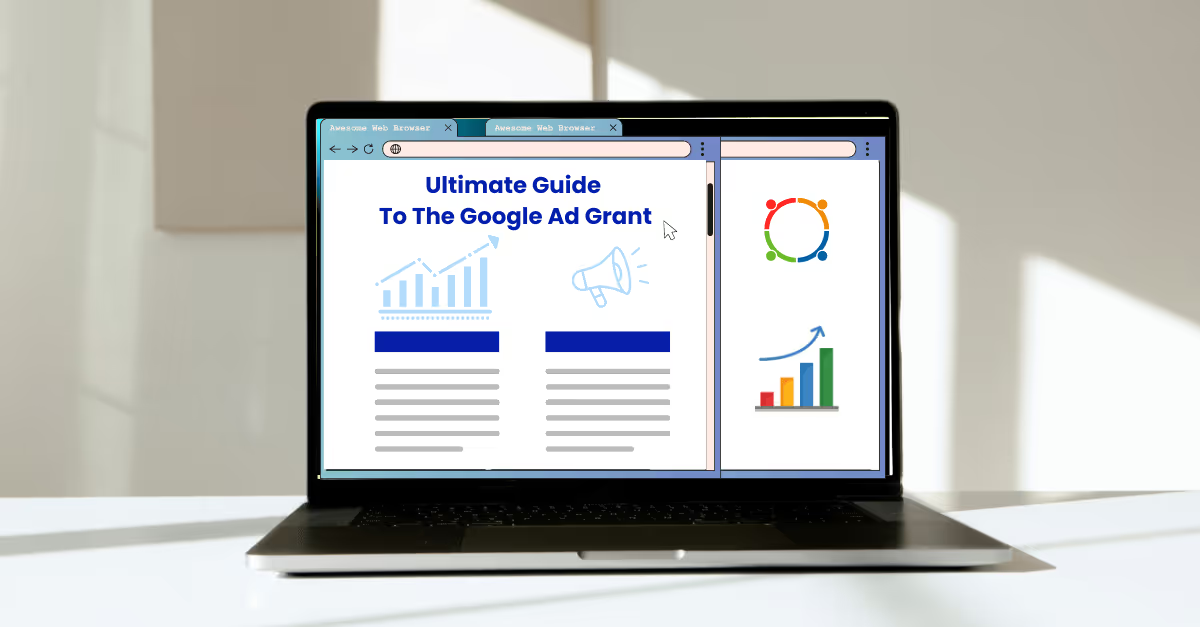
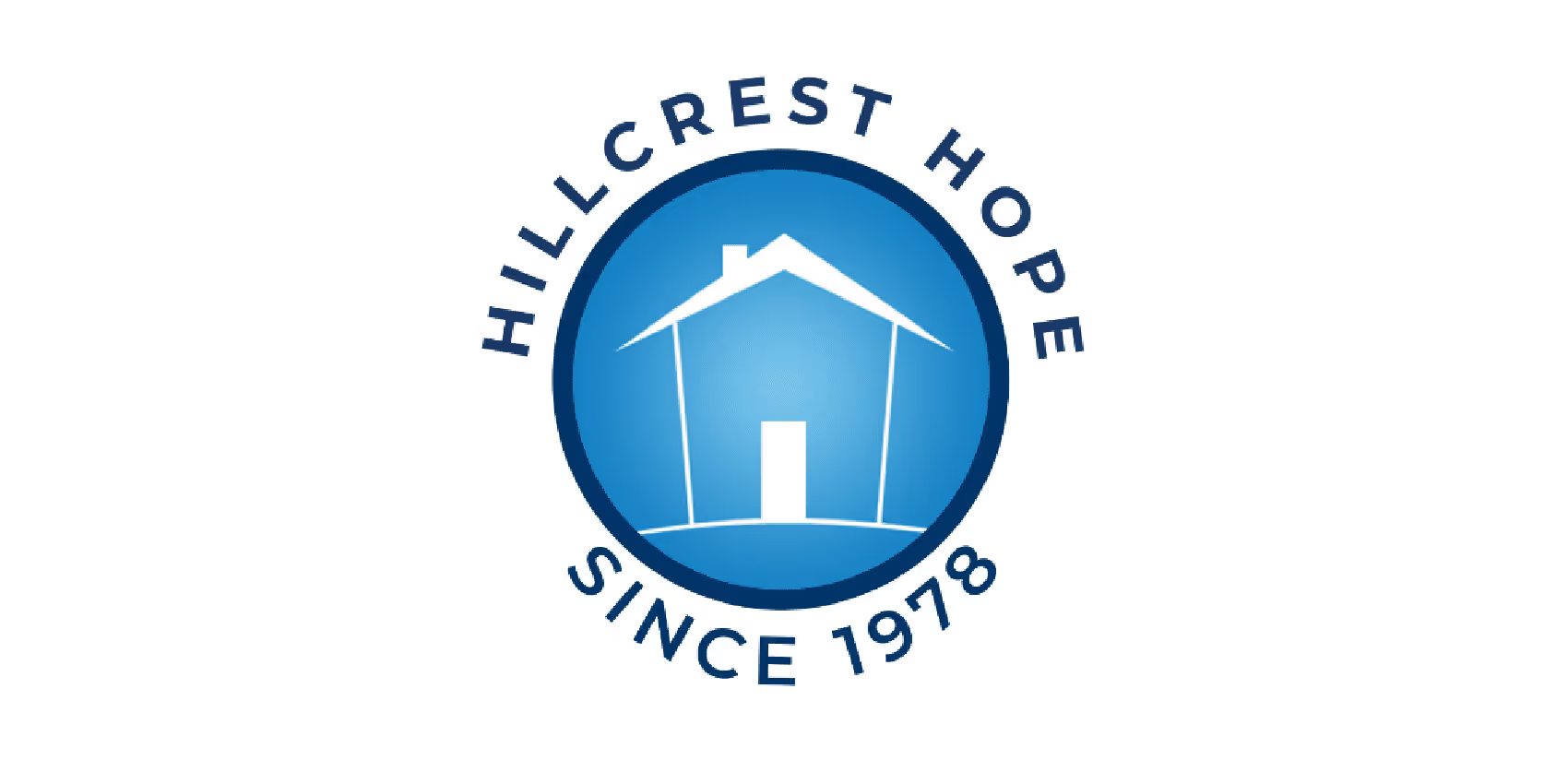






















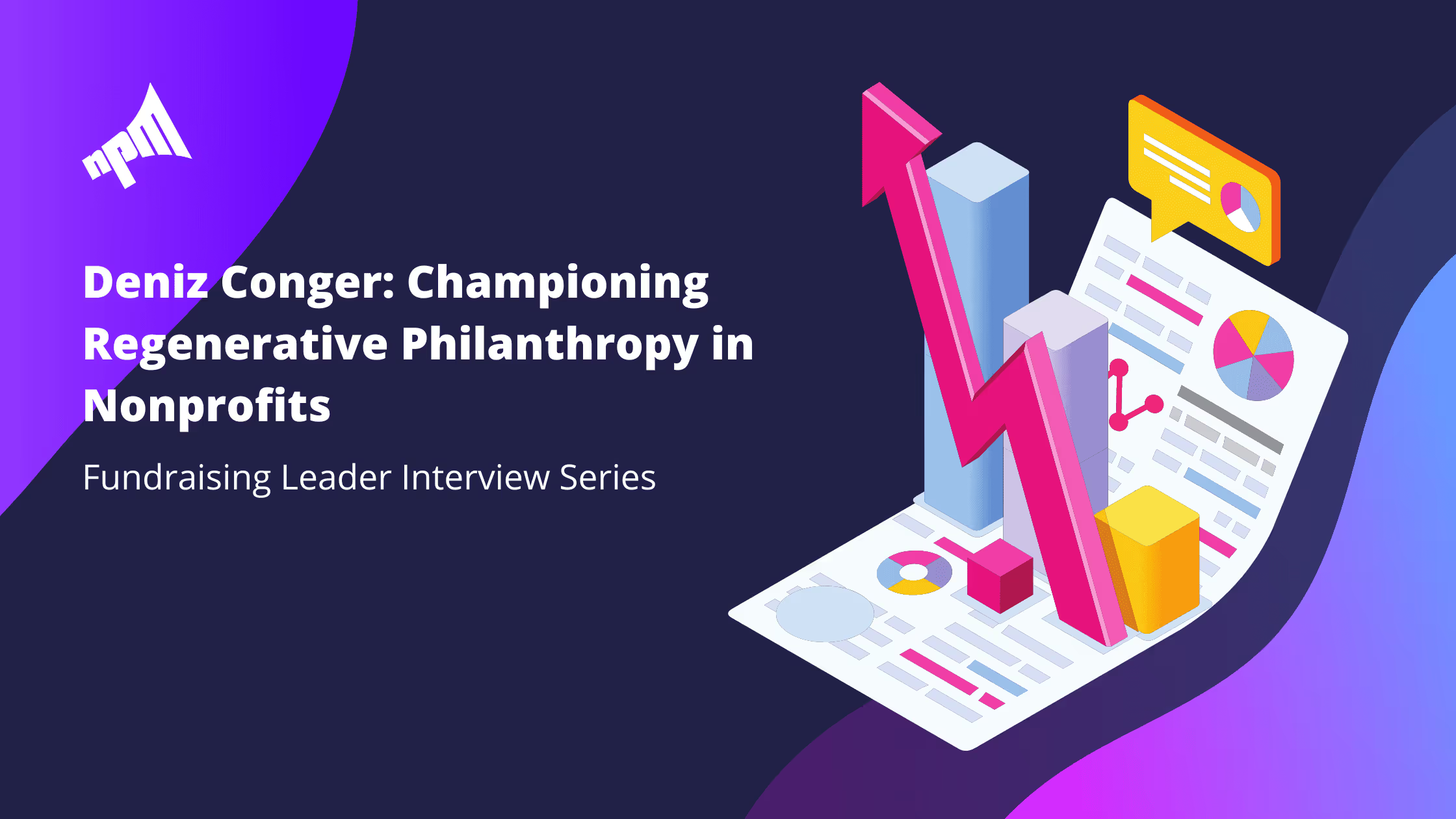



















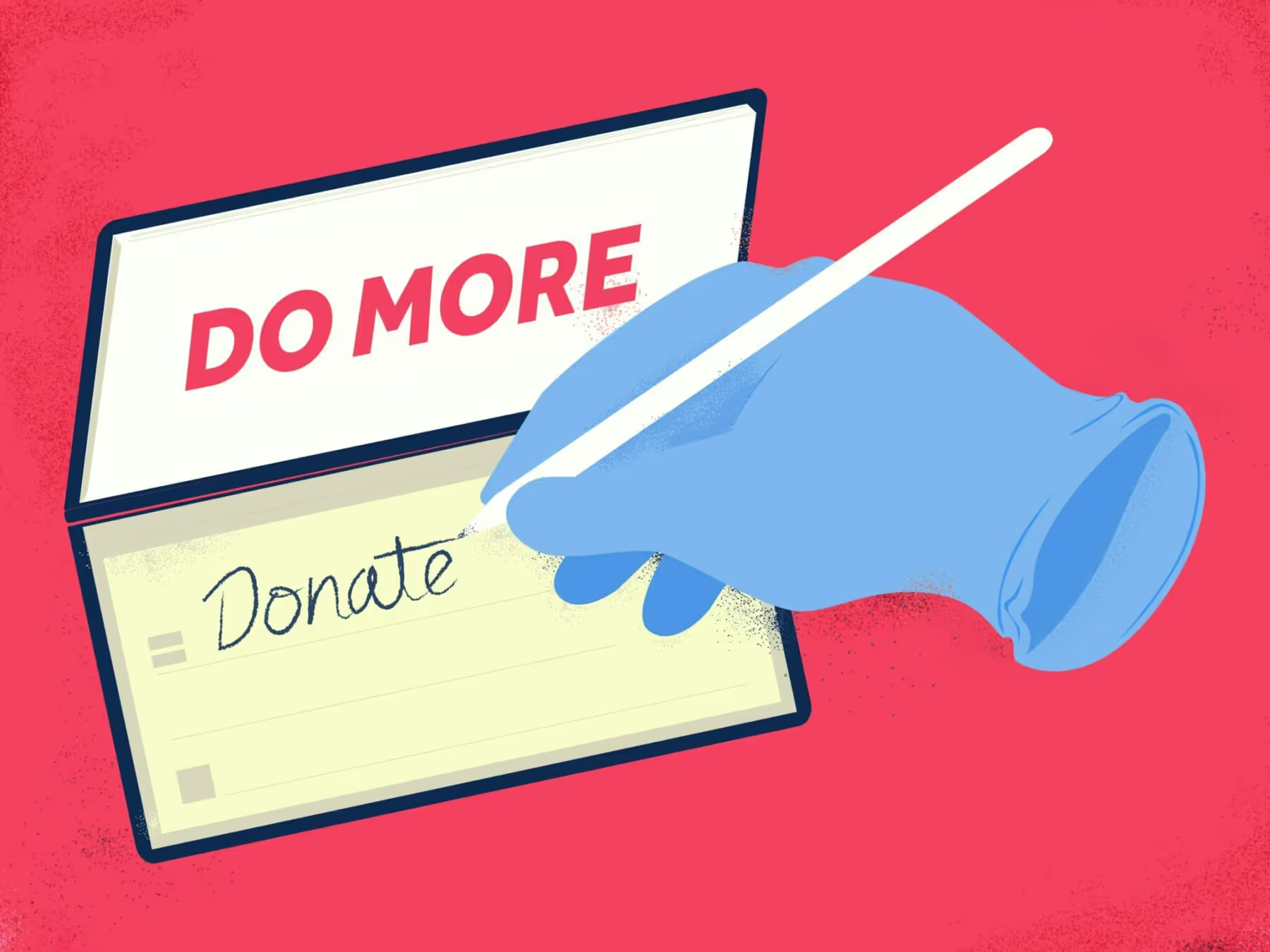







.svg)
.svg)
.svg)
.svg)